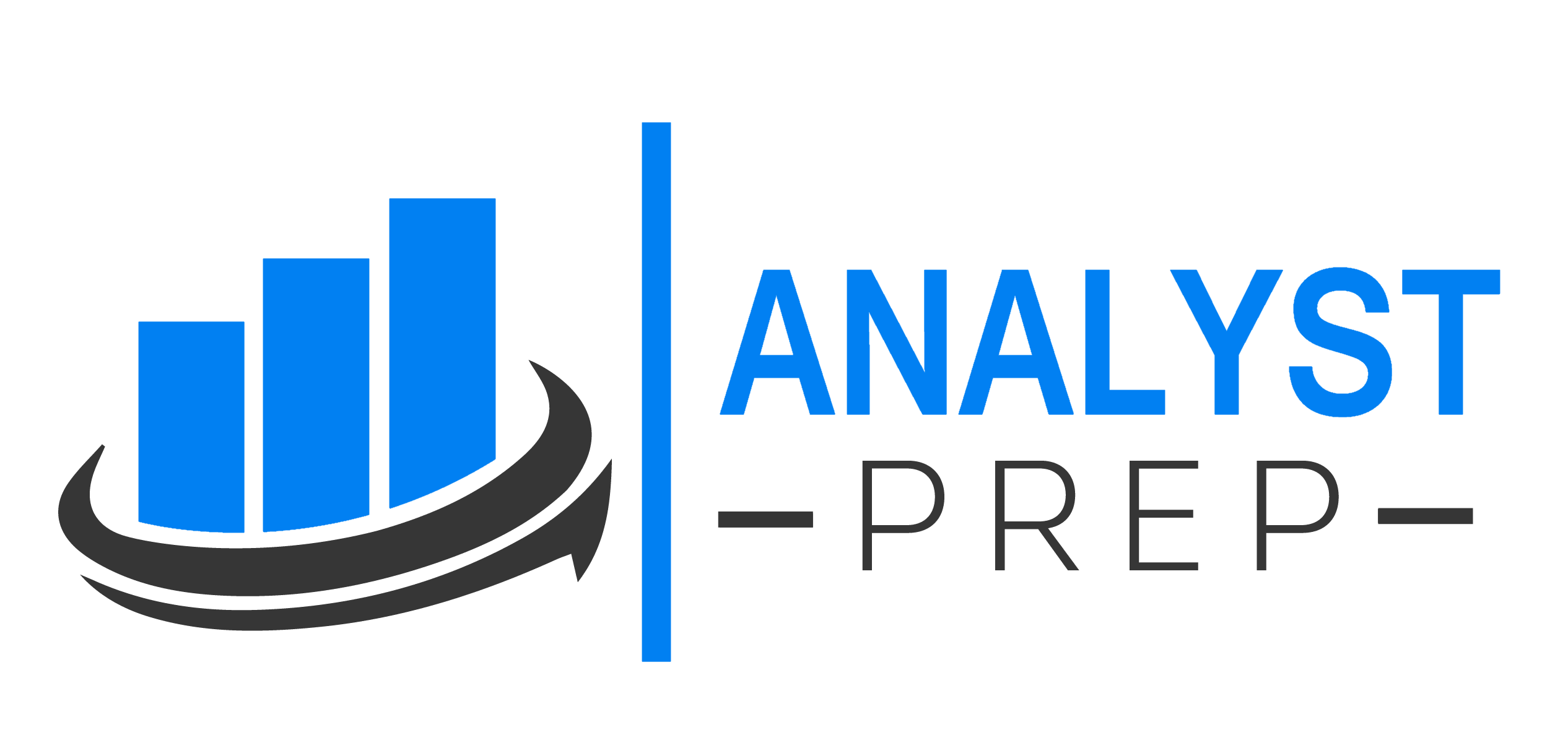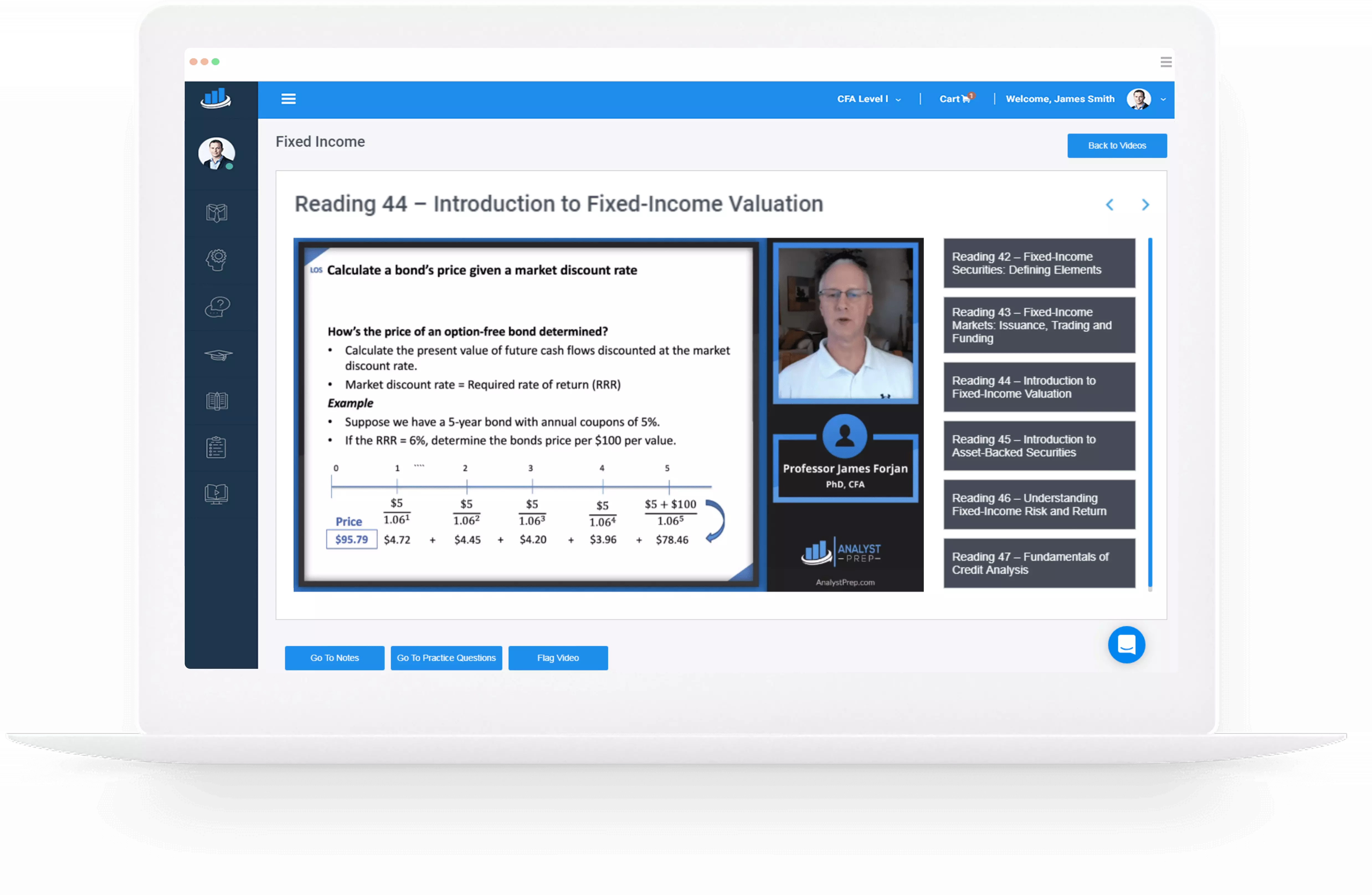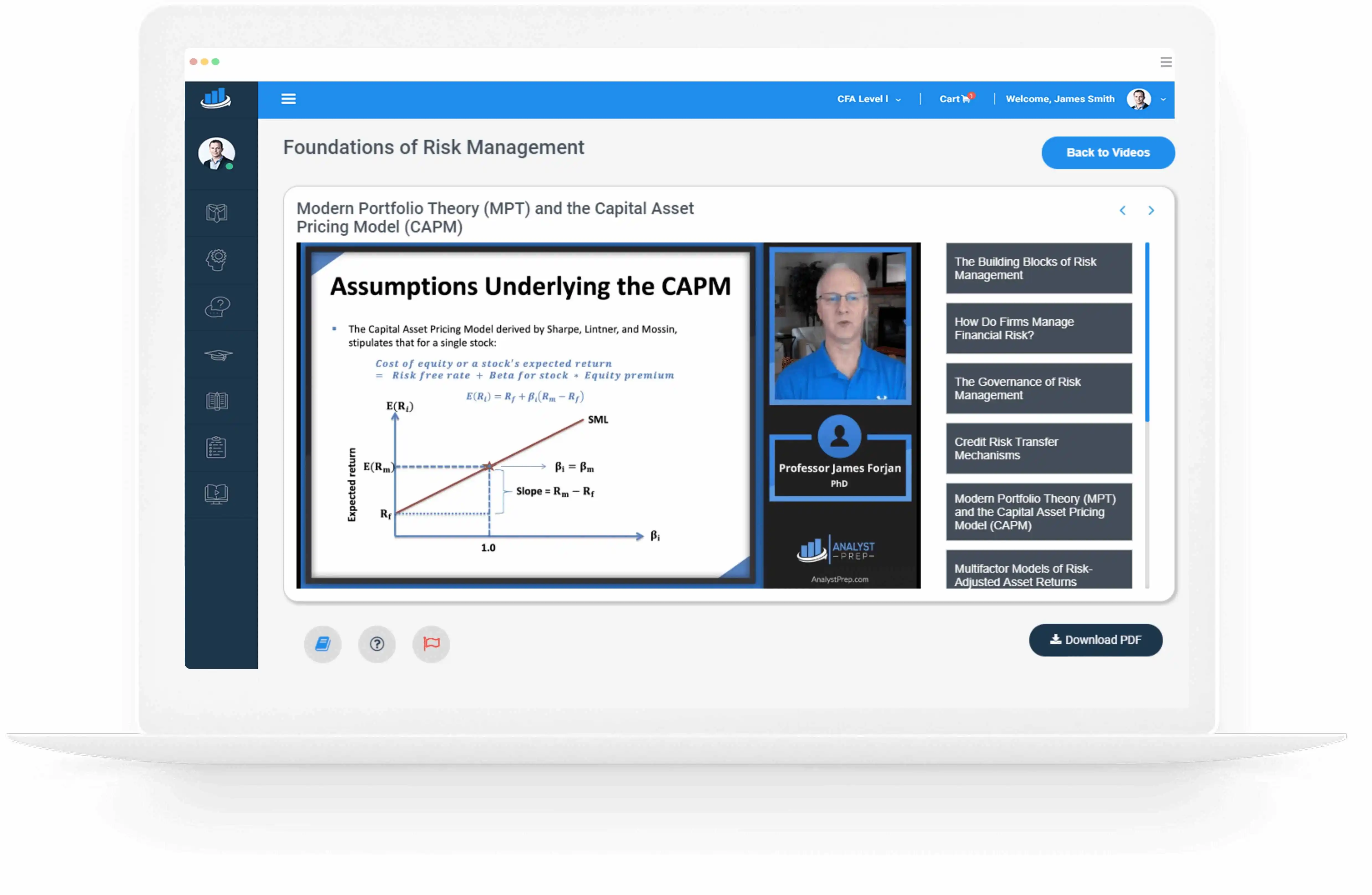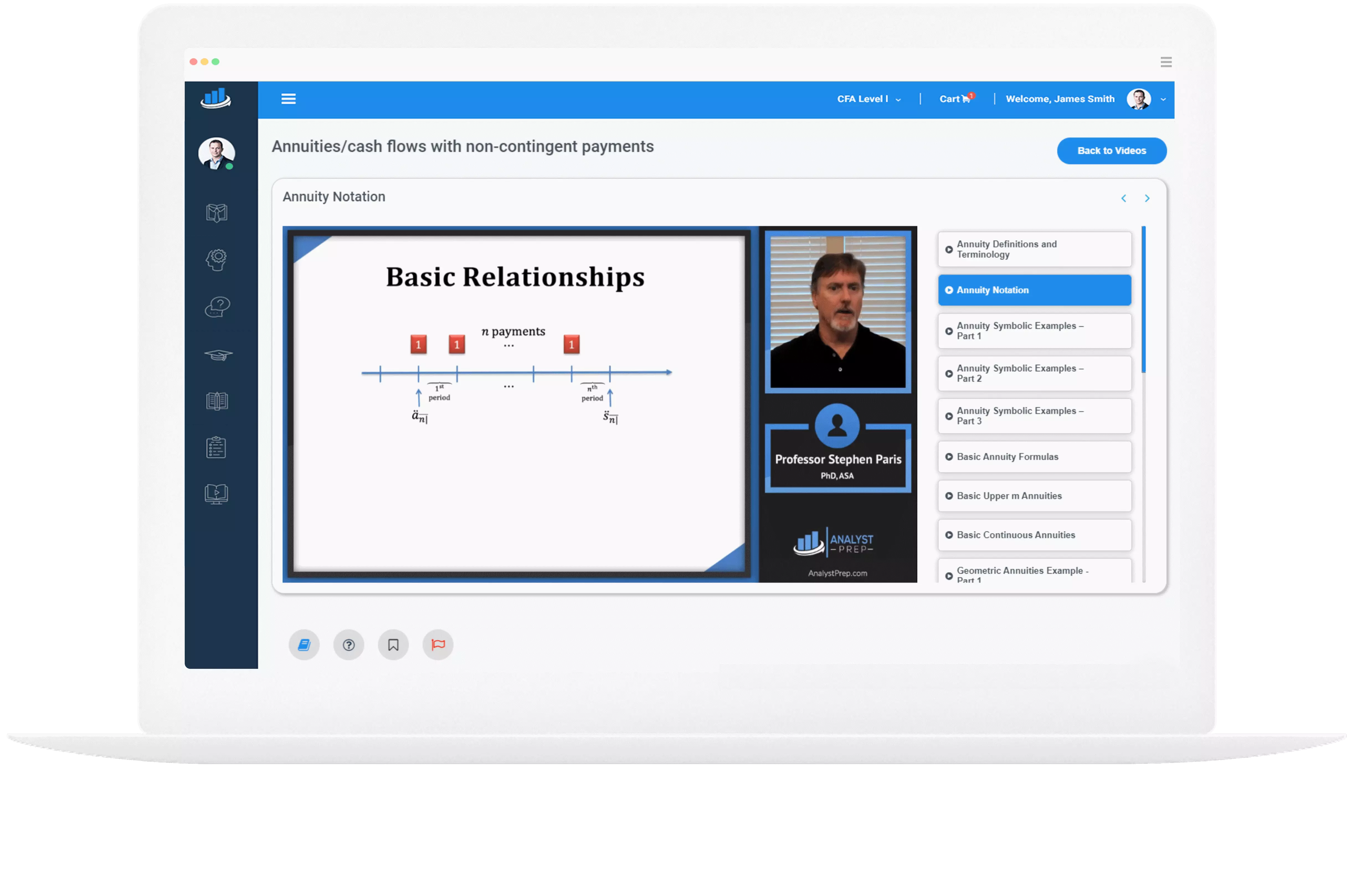Presentation Choices That Influence Analyst Opinions
Numerous choices in applying accounting standards contribute to the extensive volume of accounting literature and textbooks. Understanding the choices companies make in financial reporting is crucial for evaluating the overall quality of the reports—both in terms of financial reporting quality…
Mechanisms that Discipline Financial Reporting Quality
Mechanisms That Discipline Financial Reporting Quality Market forces can discipline poor financial reporting quality. Companies and nations compete for capital, and the cost of capital is influenced by perceived risk, including the risk that financial statements may mislead investors. Therefore,…
Management Motivations for Low-quality Financial Reporting
When evaluating the quality of financial reports, it’s crucial to consider whether company managers might be motivated to issue reports that are not of high quality. If such motivations exist, analysts should assess whether the reporting environment supports or disciplines…
Aggressive vs. Conservative Accounting
Aggressive vs. Conservative Accounting Companies have a certain level of discretion concerning the methods they use to evaluate and report their financial performance. Investors are often concerned with whether the accounting method is more aggressive or conservative, as this will…
Spectrum for Assessing Financial Reporting Quality
Quality Spectrum of Financial Reports The spectrum of financial reporting quality serves as a basis for evaluating the quality of different reports. This spectrum ranges from high-quality financial reports with sustainable earnings to reports that are unreliable and lack useful…
Financial Reporting Quality Vs. Quality of Reported Results
Generally, analysts would always have access to financial reports that follow strong financial reporting standards, such as those issued by the International Accounting Standards Board (IASB) and the Financial Accounting Standards Board (FASB), and that are free from any manipulation….
Presentation of Long-Term Liabilities and Share-based Compensation
Presentation and Disclosure of Leases Both IFRS and US GAAP state that the purpose of lease disclosures is to provide financial statement users with information to evaluate the amount, timing, and uncertainty of cash flows related to leases. On the…
Financial Reporting of Defined Contributions, Benefits, and Stock-Based Compensation
Employee Compensation Employee compensation packages are structured to achieve various objectives, including meeting employees’ liquidity needs, retaining them, and motivating their performance. Common components of employee compensation include salary, bonuses, health, and life insurance premiums, defined contribution and benefit pension…
Financial Reporting of Leases
Non-current liabilities include diverse sources of financing and different types of creditors. They include bonds, loans, leases, and post-employment liabilities such as defined contribution, defined benefit, and stock-based compensation plans. Lease Contract A lease is a contract between a lessor,…
Financial Statement Disclosures Regarding PPE and Intangible Assets
Users of financial statements can use financial statement disclosures to deepen their understanding of a company’s investments in tangible and intangible assets. Financial statement disclosures divulge such details as how those investments have changed during a reporting period, how the…




